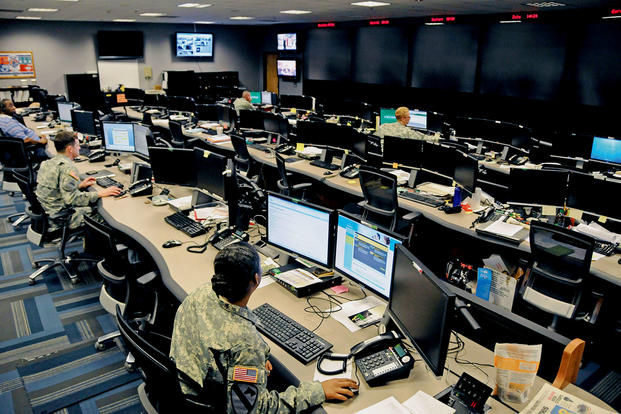Todd Probert is vice president, Mission Support and Modernization for Raytheon.
The critical state of Army readiness, the convergence of battlefield domains and restricted budgets have impacted the service's ability to prepare properly and protect the U.S. from evolving threats.
The U.S. Army is roughly $7-to-$9 billion short of the funds needed to begin modernizing the force for modern warfare, and several of its capabilities could be outmatched by adversaries in conflict.
In 2016, Gen. H.R. McMaster warned Congress the force had become "outranged and outgunned by many potential adversaries."
McMaster cautioned that sustained cuts to the defense budget over the previous eight years had resulted in the erosion of U.S. overmatch.
As of this year, "only three of the Army's 58 Brigade Combat Teams are ready to fight; 53 percent of Navy aircraft can't fly; the Air Force is 723 fighter pilots short; and the Marine Corps needs 3,000 more troops."
The U.S. military continues to operate on a limited budget, and this dilemma puts Army leadership at a perceived crossroads: Invest in the development or insertion of new capability or fund the effort to keep existing platforms and systems up and running.
The majority of the systems that are already fielded today will also be supporting our warfighters in the evolving modern battlespace of the future. This glaring certainty calls for a new approach.
Because the Army can no longer afford to make a choice between relying on decades-old technology or keeping existing systems running, leaders must begin taking steps to upgrade existing equipment and systems through a modernization through sustainment strategy.
This approach brings critical upgrades and advanced technology, while also keeping legacy equipment operational longer and reducing impact to operations.
According to the Center for Strategic and International Studies, "The Army can obtain the fastest, most pervasive improvement in its readiness by progressively fielding improvements, to existing systems in regular, sizable increments."
The modernization through sustainment strategy has seen success with the Army's Air Soldier program, which was created to modernize the legacy aviation life-support and communications system known as Air Warrior.
Air Warrior has been deployed since 2004 and is a critical program for live situational awareness, but the old system is bulky with dated electronics and display systems.
Utilizing this strategy, the critical combat system was incrementally equipped with the latest advancements in life support and tactical situational awareness technologies.
By upgrading the original system and enhancing its capabilities, the Army gained heightened situational awareness, and now provides soldiers with complete and timely information.
Further, the modernization effort streamlined training involved in the upgraded system as soldiers were already familiar with the technology.
The ability to upgrade an existing system for battle readiness without taking it offline or providing intensive training makes this strategy more effective than widespread replacement programs.
According to a Heritage Foundation defense report, "Innovation without alignment with acquisition defeats the purpose. It may create interesting artifacts but will not translate into tangible technology advantage for the warfighter."
The modernization through sustainment strategy not only marries existing equipment with new technology, it also addresses current budget and acquisition challenges.
Multi-domain preparedness is another one of these challenges, which was outlined by the commander of U.S. Army Training and Doctrine Command (TRADOC), Gen. David Perkins, when he explained, "Emerging threats seek to gain advantage over us across the dimensions of air, land, sea, space and cyberspace."
Cyber resiliency is one of the issues the Army has been focused on for multi-domain battlefield modernization.
Last year, hackers bombarded the aviation sector with more than 1,000 cyber attacks per month. As technologies and weapon systems continue to evolve, so does the battlefield, which now extends across the cyber domain.
Cybersecurity and cyber hardening have become top priorities for the Army, particularly for critical aviation systems such as unmanned aerial vehicles.
To prevent adversaries from digitally attacking and potentially crashing unmanned aircraft, the military has been working to incorporate an anti-hacking system known as electronic armor into existing UAVs as part of the modernization effort. Defense-grade cyber protections can now be integrated into legacy systems to protect them from the growing cyber threat.
Recognizing the current budget constraints and need for advanced capabilities, the Army must embrace modernization through sustainment to ensure mission readiness.
If the Army chooses to upgrade its legacy systems and platforms incrementally with new, advanced technologies, it can more fluidly adapt to the rapidly changing threat landscape and remain ahead of its adversaries without fighting battles over budget at home.
-- The opinions expressed in this op-ed are those of the author and do not necessarily reflect the views of Military.com. If you would like to submit your own commentary, please send your article to opinions@military.com for consideration.





























